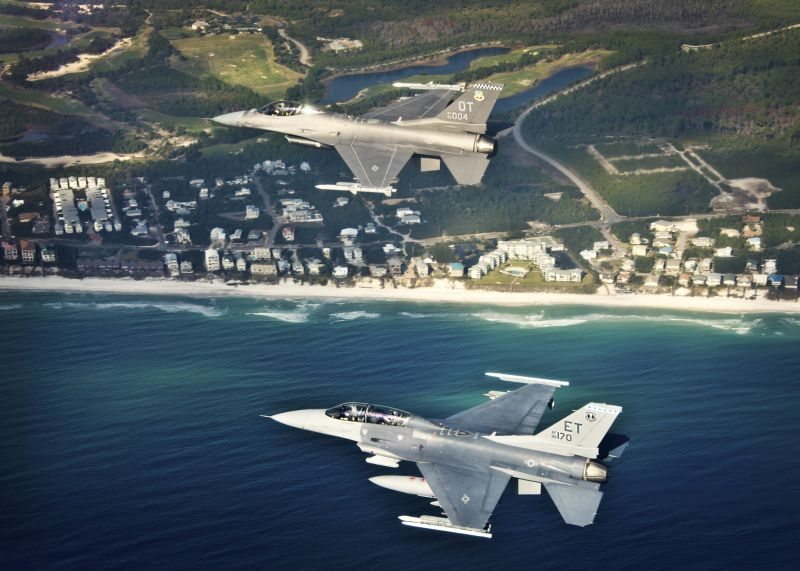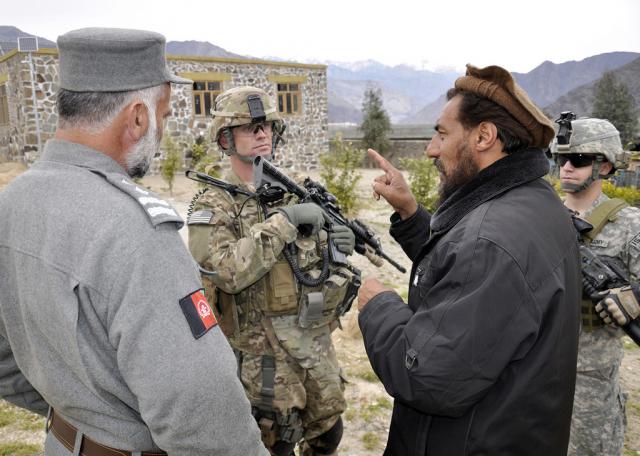Developmental testing for an F-16 operational flight program will be accomplished at the 40th Flight Test Squadron and 85th Test and Evaluation Squadron here for the first time.
The testing for Block 40 and 50 model F-16s is scheduled to begin in 2014 and will also be the first time developmental testing and operational testing of the OFP will be conducted at the same base.
“This not only gives DT and OT pilots the unique opportunity for daily face-to-face contact to discuss potential test issues, but also allows OT pilots to participate in DT missions alongside their counterparts,” said Beau Booth, the F-16 M7 OFP project specialist for the 40th Flight Test Squadron.
An OFP is the software in the F-16 that controls the avionics and allows the jet to interface with external weapons. It is currently in the design-try-out phase here. This phase is primarily to help the software developers.
“In the DTO phase, a few early versions of the software, with limited subsets of the planned new capabilities, are flight-tested to ensure basic functionality so the software engineers can easily make any fundamental changes before they get too far into the coding,” said Booth.
This takes on a greater importance with this new OFP because it’s the first time an Air Force unit has developed the software. Previous F-16 OFP updates were created by Lockheed-Martin, but the 309th Software Maintenance Group from Hill Air Force Base, Utah, is the developer for this iteration.
Previous DTO phases had a limited number of sorties due to resources and test objectives.
“While this approach is adequate, it results in a relatively small number of opportunities to find potential errors,” said Booth. “Since there are multiple ways to execute most tasks in the F-16, there are a lot of potential combinations of pilot actions. DT does not have the resources to test.”
This was not the case with this DTO phase, however, since both OT and DT pilots were available to participate. To date, the combined test team has flown 41 test sorties. The previous F-16 OFP DTO included only 13 test sorties.
“The ability to conduct a fully integrated DT/OT test program allows us to test new OFPs more thoroughly and field them faster and cheaper than ever before,” said Booth.
Historically, even though an OFP passes DT, OT pilots would find new software errors due to the amount of flight time and pilot availability. The added use of OT resources increases the potential of finding anomalies in the software. It also gives OT pilots, who are ultimately responsible for the final fielding recommendation, a chance to evaluate the software development early. OT’s upfront involvement cuts down on any late software changes. It also avoids the associated extra test requirements, increased costs and fielding delays that could happen.
Although this F-16 OFP partnership is a new endeavor for the squadrons, the 40th and 85th are frequent collaborators in developmental and operational testing. They are even headquartered in the same building for additional functionality.
“In these fiscally constrained times, the 40th and 85th are setting the benchmark on how to perform integrated test,” said Lt. Col. Thomas Seymour, the 85th TES commander. “Being collocated is the key. This allows us to share aircraft, infrastructure, aircrew and ideas, which results in more effective and efficient test and a better end product for the warfighter.”
This new software package will be incorporated in all active-duty F-16s and many Reserve aircraft.











